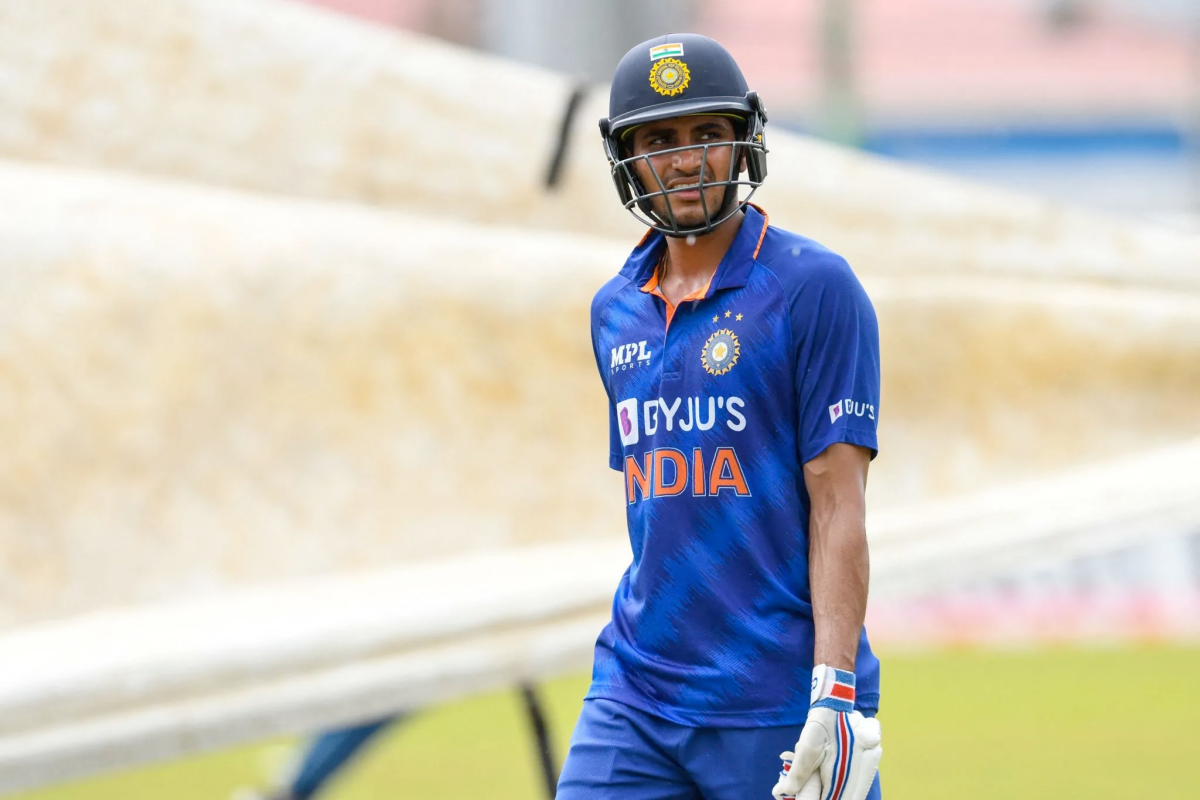
Shubman Gill, the promising youngster vs Shikhar Dhawan, an experienced campaigner.

Since his return to the ODI side, Shubman Gill’s scores read 130, 33, 82*, 98*, 43 and 64. That’s 450 runs, at an average of 112.5 with a strike rate of above 110, across two series against West Indies and Zimbabwe. His class has been obvious for a while, and this good run of form has raised the voices for his permanent inclusion in India’s first-choice ODI XI.
Gill had a decent IPL 2022 as he finished the season as the fifth-highest run-scorer. His returns were much better in comparison to those in IPL 2019-21. However, he didn’t start fast in IPL 2022 as evident by his strike rate of 118 in powerplay (which was 121 while playing for KKR).
But, his scoring rate improved massively against spinners. His strike rate against tweakers was just 126 during his KKR stint, which increased to 146.9 in IPL 2022. While his T20 game still needs plenty of improvement, Gill’s improved intent in the middle-overs was an encouraging positive. And, now, the youngster has continued his run good, although in a different white-ball format, unarguably his best format.
On the other note, Dhawan had a middling time in IPL 2022 as he finished the season with a strike rate of under 125. The southpaw couldn’t provide quick starts or even take the charge in the middle overs.

Shikhar Dhawan has been an ODI stalwart for about a decade. He, along with Rohit Sharma, formed one of the best opening partnerships in ODI cricket. Both complement each other well and bring reliability to the table, which is an important aspect of the 50-over format.
With Gill too, there is a sense of calmness. His batting stance is quite upright. He is comfortable at handling pacers, he can play pull shots in front of the square, and he can play drives. Gill, who will turn 23 in September, will gradually improve in the other aspects. But his spin game is certainly more exciting.
His improved intent has been already mentioned. Gill has scored at a strike rate of over 104 against spinners in ODIs this year. But it’s so much about his ability and not just numbers. The right-hander can play sweep shots, he can use his feet, he can play cut shots, and he can slog the ball as well. Now, in this particular aspect, Gill is better than Dhawan as the latter has a limited range against spinners.
Another important aspect of batting in white-ball cricket is acceleration. But, it’s not a necessity for either Dhawan or Gill in India’s set-up. India’s middle order is settling up nicely and the presence of Rohit Sharma and Virat Kohli in the top order is another factor. However, Gill does needs to get better at accelerating, particularly against pacers to become a more versatile batter.
Gill has batted with amazing ease in all six games. He has looked a class apart, even when others have found it difficult to score freely. Dhawan’s strike rate has been just 76.3 in ODIs this year. The opening batter hasn’t been short of runs but has evidently found it tough to bat fluently. But still, how do you break that duo based on a few matches?
It isn’t uncommon to find a promising youngster more lucrative than an ageing campaigner at the twilight of his career. And, if the team management feels the need of taking the brave call, they should – without any hesitation. Just that, they should be fairly convinced about their call and back the selected player, who they think can contribute better to the side.